Sports fans and coaches have been ranked as the leading perpetrators of sexual and gender-based violence (SGBV) against women athletes across Kenya, Uganda, and Tanzania, a new study by the Aga Khan University’s Graduate School of Media and Communications (GSMC) has revealed.
The study, launched on Wednesday, June 18, 2025, revealed a high prevalence of SGBV against women athletes across the three East African nations, as 62% of the respondents reported either experiencing or knowing a sportsperson who had experienced SGBV in the form of verbal, physical, emotional, or sexual violence.
In Kenya, this number jumps to 69%, up from 43% in 2022, according to government data.
Based on responses from 748 survey participants and 18 detailed interviews conducted across 32 national sports federations and associations, the report identifies fans and spectators as the leading perpetrators of SGBV in sports, accounting for 32% of cases.
Coaches follow at 23%, while teammates are responsible for 22%, where in Tanzania, they were more commonly cited at 26% than in Kenya at 23% and Uganda at 19%.
The data also shows that teammates are reported more frequently as perpetrators in Tanzania (30%) and Uganda (20%) compared to Kenya (14%)
Uganda stands out with the highest percentage of reports implicating fans and spectators at 43%, followed by Kenya at 34% and Tanzania at 23%.
Additionally, in Kenya, a slightly higher proportion of perpetrators were reported to be sports administrators and team officials—such as referees, doctors, physiotherapists, and team managers—at 12%, compared to their counterparts in Uganda and Tanzania.
Verbal abuse emerges as the most common form of SGBV
Across the three countries, respondents reported verbal abuse as the most prevalent form of SGBV leading at 43%.
Kenya has recorded a relatively higher number of sexual harassment cases at 19%, compared to Uganda at 10% and Tanzania at 13%.
In terms of sexual exploitation—where authority is used to gain sexual favours—Kenya (11%) and Uganda (10%) reported significantly higher incidences than Tanzania, which stood at 5%.
Verbal and emotional abuse appeared to be more widespread in Tanzania and Uganda than in Kenya. Tanzania reported the highest prevalence of these forms of abuse at 65%, followed closely by Uganda at 62%, while Kenya recorded 49%.
Verbal abuse emerged as the most common form of SGBV across major sporting disciplines in East Africa. Rugby, in particular, had a notably high number of respondents (62%) identifying verbal abuse as the most prevalent.
Although cases of sexual assault (non-consensual sexual acts) were generally low, athletics and basketball showed relatively higher figures at 4% and 5%, respectively.
Sexual harassment and emotional abuse were reported in the range of 14% to 21% across athletics, football, basketball, and volleyball. These findings raise serious concerns, especially due to the deep psychological impact of emotional abuse and the widespread underreporting that typically surrounds such cases.
Previous scholarship attributed to the high prevalence of verbal abuse
According to the report, the prevalence of verbal abuse as a form of SGBV is supported by previous scholarship and as Alexander et al. (2011) argue, verbal forms of abuse, despite the high prevalence, are the least formally addressed form of violence in sports contexts because they are considered less consequential.
“The prevalence of 65% in rugby, for instance, aligns with previous studies that have established that high-contact, male-dominated sports such as football and rugby are characterised by aggressive behaviour and have a higher prevalence of verbal abuse,” reads part of the report.
“Coaches and peers frequently use verbal abuse as a form of motivation or discipline, a situation that has been normalised (UNESCO; 2015; Mountjoy et al. 2016). The tragedy of not addressing verbal abuse and treating it flippantly is the resulting forms of impunity and a culture of violence that builds on verbal abuse to far more consequential abuses.”
Also Read: Kenya Has Officially Recognized Intersex as a Third Gender – What This Means
On the other hand, emotional abuse and sexual harassment, which from the quantitative surveys ranged between 14% and 21% in athletics, football, basketball and volleyball, emerged as the most prevalent form from the interviews.
Dr. Hebson Owilla, Principal Investigator and Research Associate at GSMC, said, “Drawing from survey data and in-depth interviews with athletes, coaches, and stakeholders, the findings speak to a very strong basis upon which the issue of sexual and gender-based violence in sports can be addressed.”
“It is not so much about the findings as it is about what these findings suggest should be done, including supporting sport federations and associations to provide safety and security for women in sports.”
Also Read: Feminist Scholar Explains Flaws in Ruto’s Femicide Task Force
Call for action
The study revealed that all the interviewees had longer experience in sports or were actively engaged in the safety and protection of athletes or in the legal field, and therefore, it is not surprising that to them, emotional abuse is the most prevalent form of SGBV in sports.
This could partly be because of the experience most interviewees have had in sports and the fact that they can now discern emotional abuse, given their longevity in the sports industry.
On her part, GSMC Dean Professor Nancy Booker noted that “this empirical evidence constructively highlights the systemic and contextual challenges that contribute to the vulnerability of women in sports. It calls on all of us to act and save one of the most consequential sports in this region.”
The report calls for urgent action from sports federations, governments, and civil society.
Respondents cited education and awareness, and stricter penalties as the most effective ways to reduce abuse. Mandatory training for coaches and enforcement of safeguarding policies were also cited as critical steps forward.
Follow our WhatsApp Channel and X Account for real-time news updates.
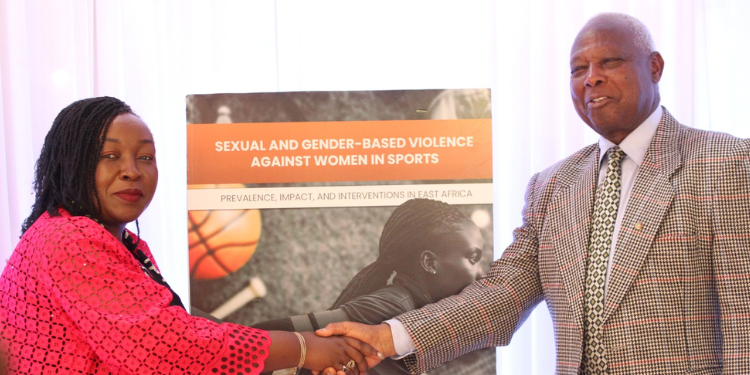





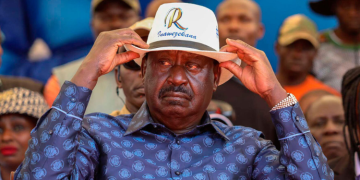
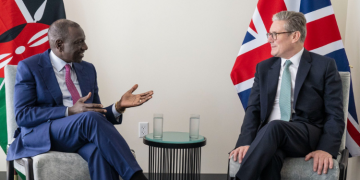


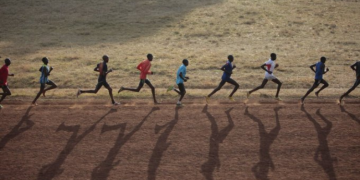













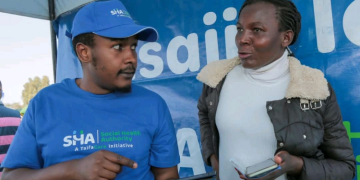



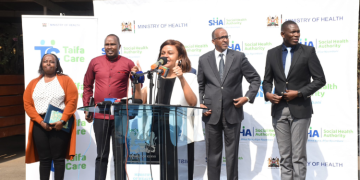


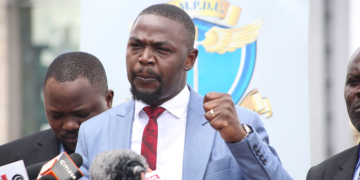




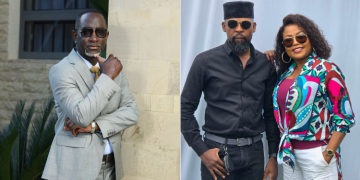
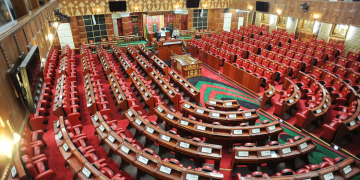




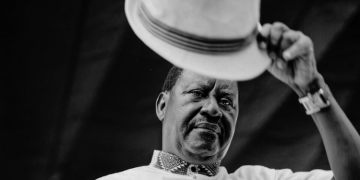


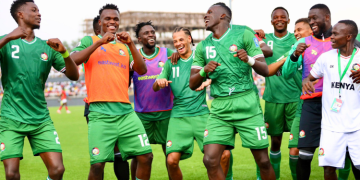
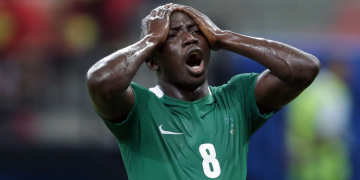
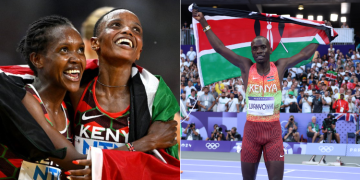

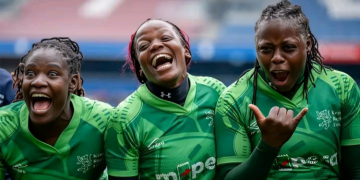










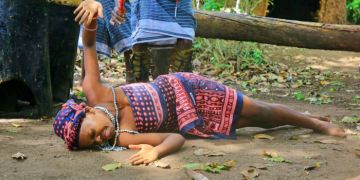


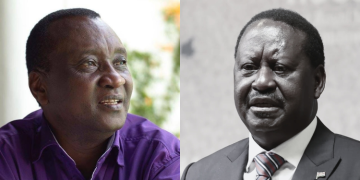








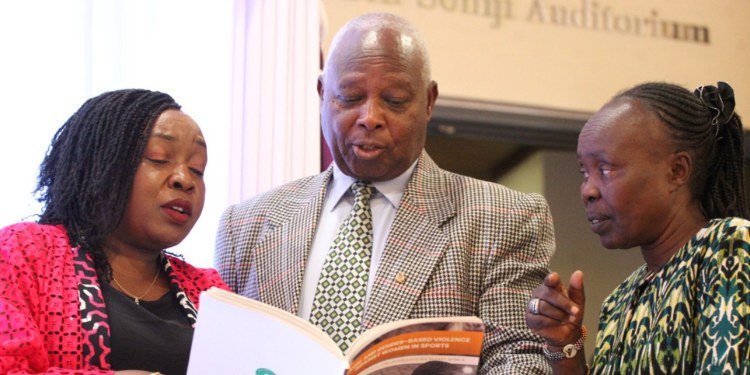




I’m often to blogging and i really appreciate your content. The article has actually peaks my interest. I’m going to bookmark your web site and maintain checking for brand spanking new information.
I like the efforts you have put in this, regards for all the great content.
I am truly thankful to the owner of this web site who has shared this fantastic piece of writing at at this place.
very informative articles or reviews at this time.
You’re so awesome! I don’t believe I have read a single thing like that before. So great to find someone with some original thoughts on this topic. Really.. thank you for starting this up. This website is something that is needed on the internet, someone with a little originality!
You’re so awesome! I don’t believe I have read a single thing like that before. So great to find someone with some original thoughts on this topic. Really.. thank you for starting this up. This website is something that is needed on the internet, someone with a little originality!
There is definately a lot to find out about this subject. I like all the points you made
I appreciate you sharing this blog post. Thanks Again. Cool.
I really like reading through a post that can make men and women think. Also, thank you for allowing me to comment!
This is my first time pay a quick visit at here and i am really happy to read everthing at one place
Nice post. I learn something totally new and challenging on websites
Pretty! This has been a really wonderful post. Many thanks for providing these details.
I really like reading through a post that can make men and women think. Also, thank you for allowing me to comment!
Very well presented. Every quote was awesome and thanks for sharing the content. Keep sharing and keep motivating others.
There is definately a lot to find out about this subject. I like all the points you made
Good post! We will be linking to this particularly great post on our site. Keep up the great writing
very informative articles or reviews at this time.